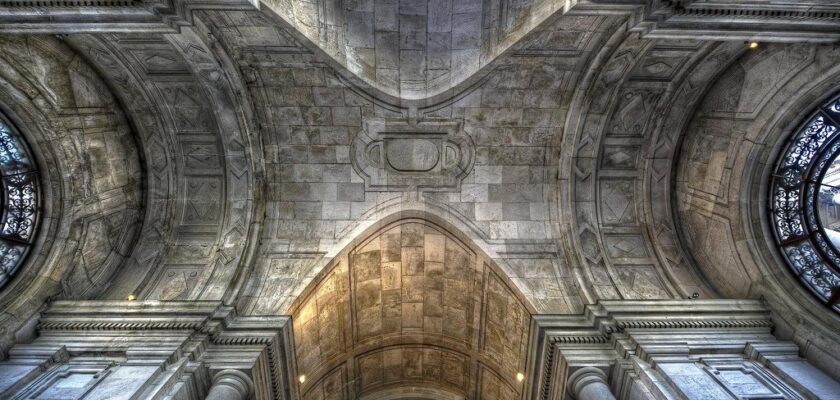Hofburg Palace
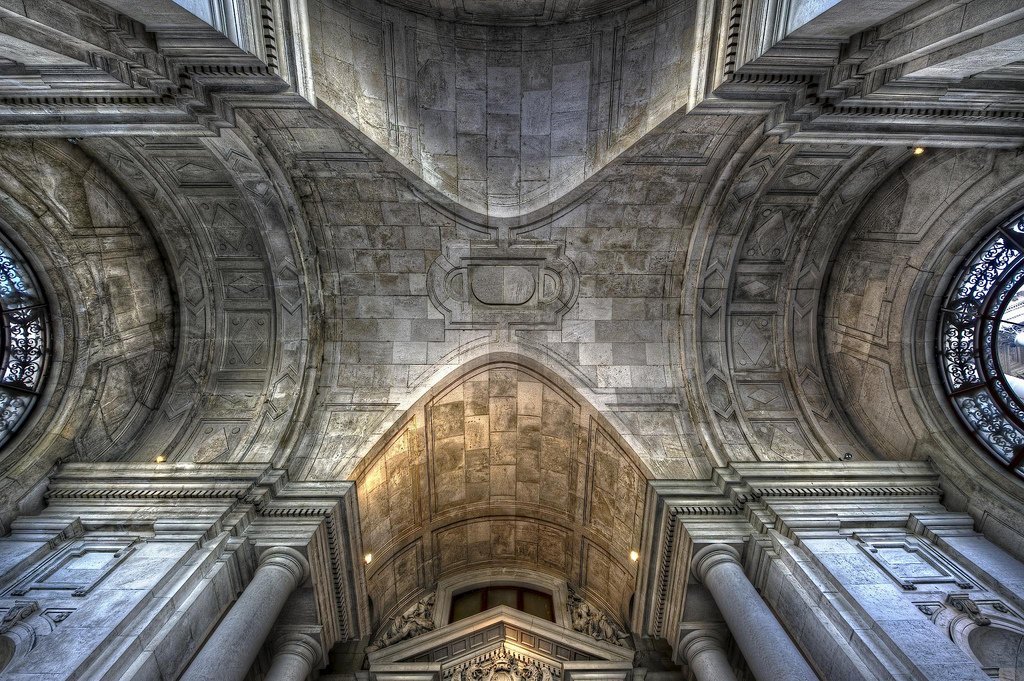
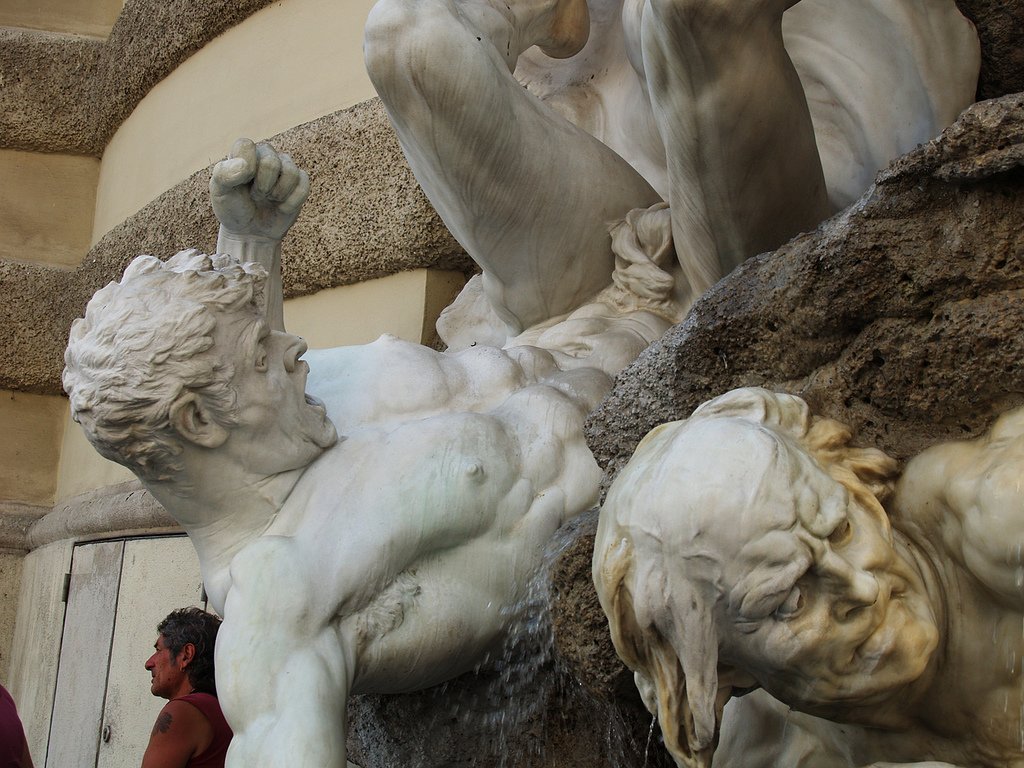

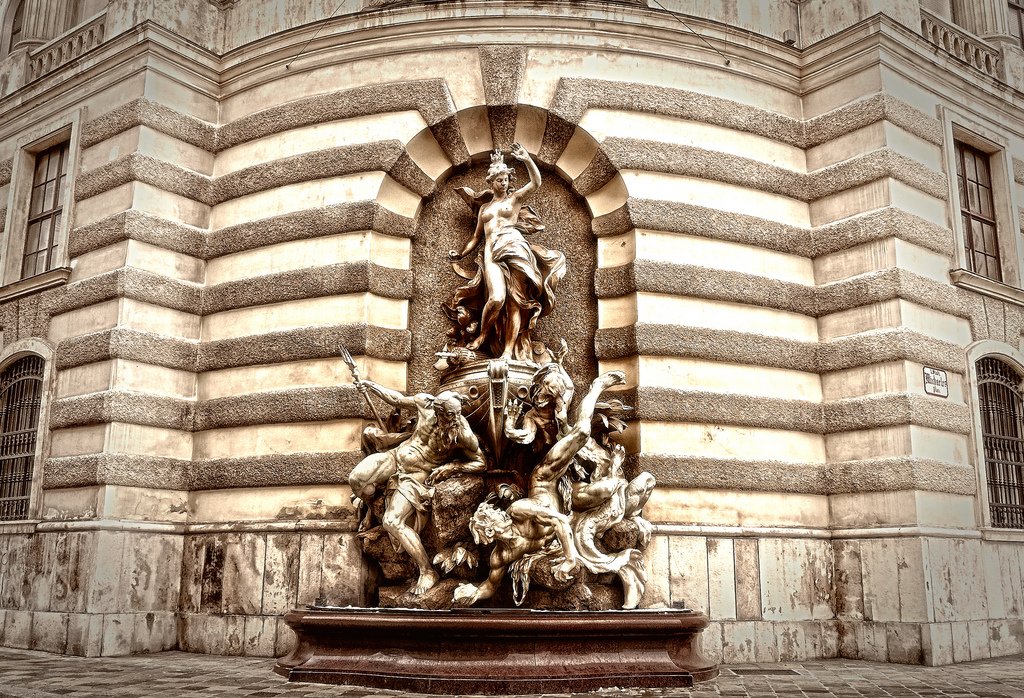
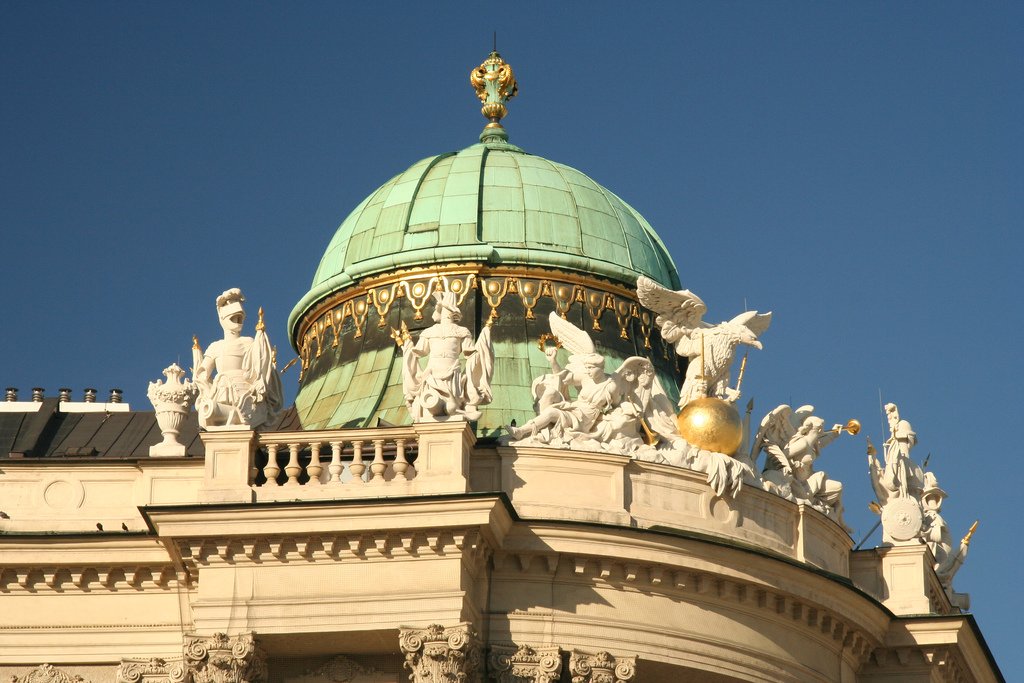
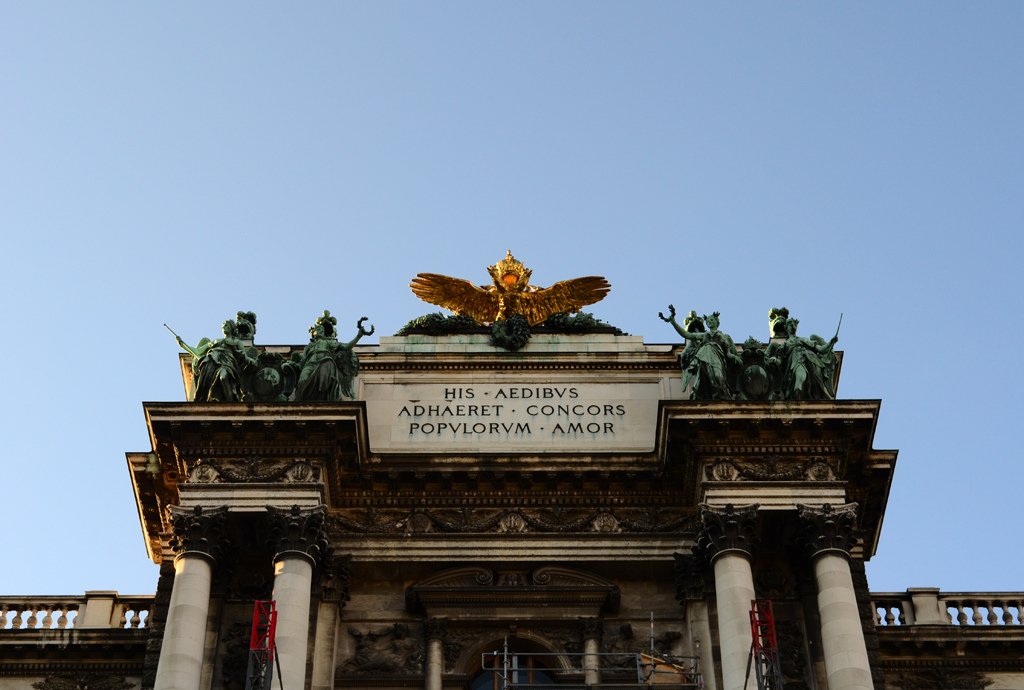
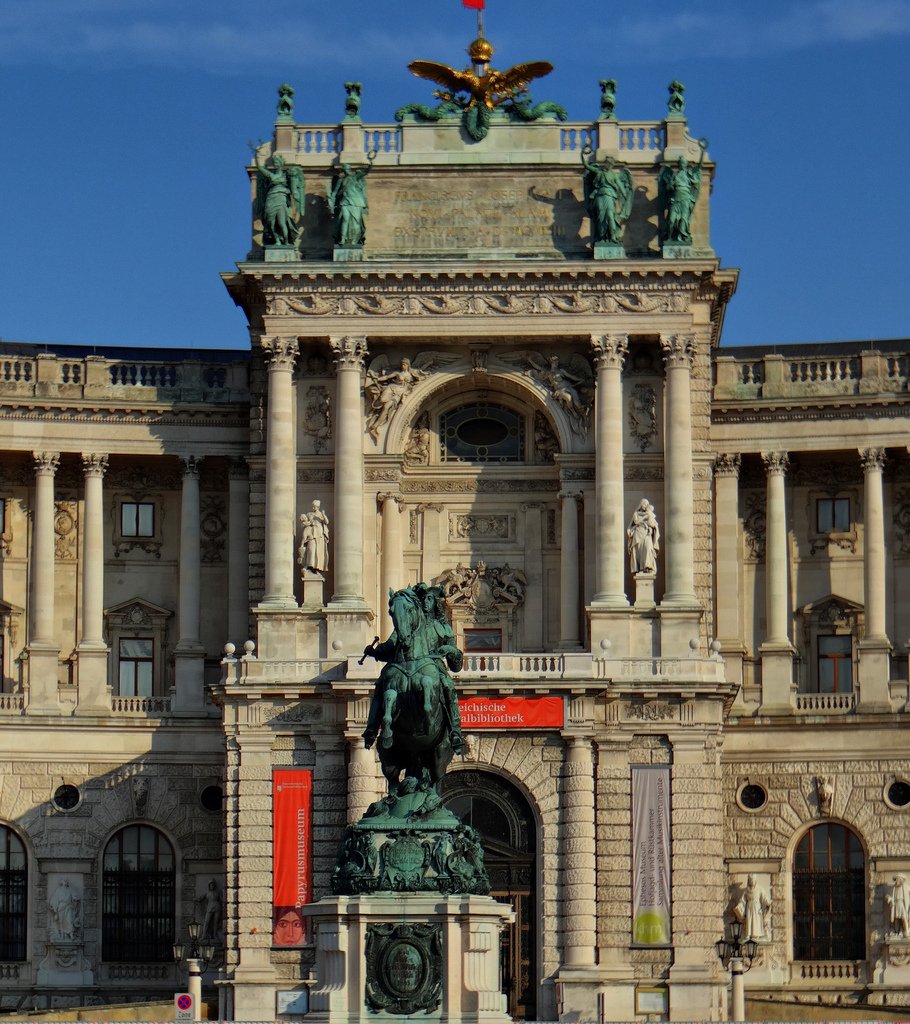
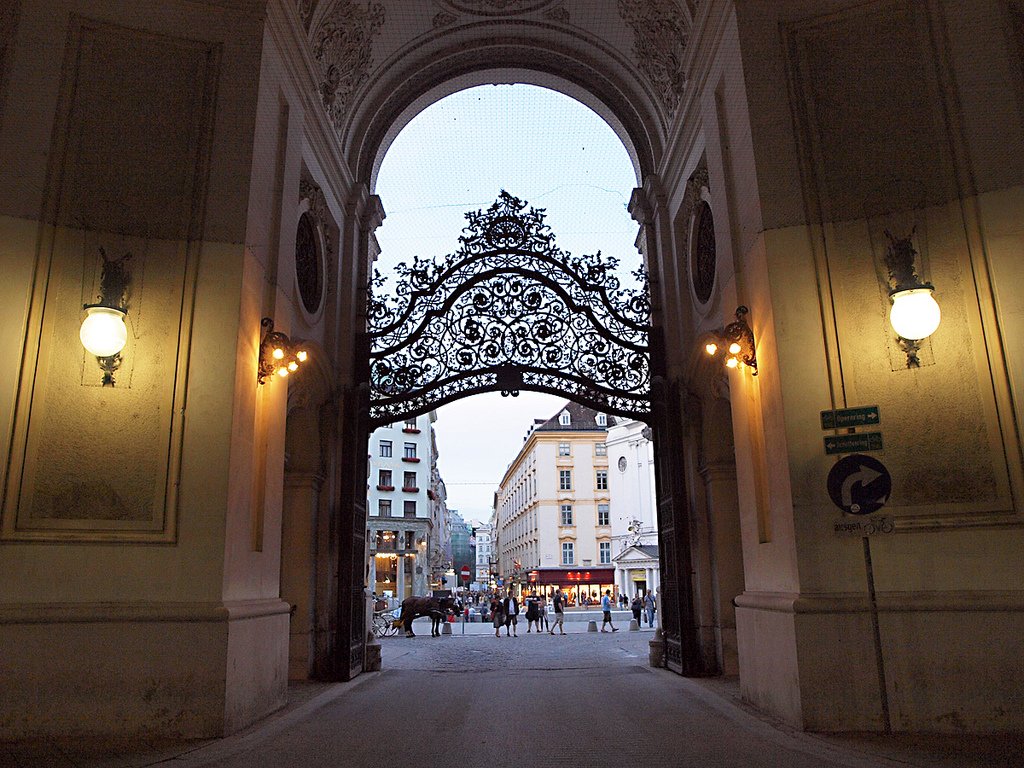
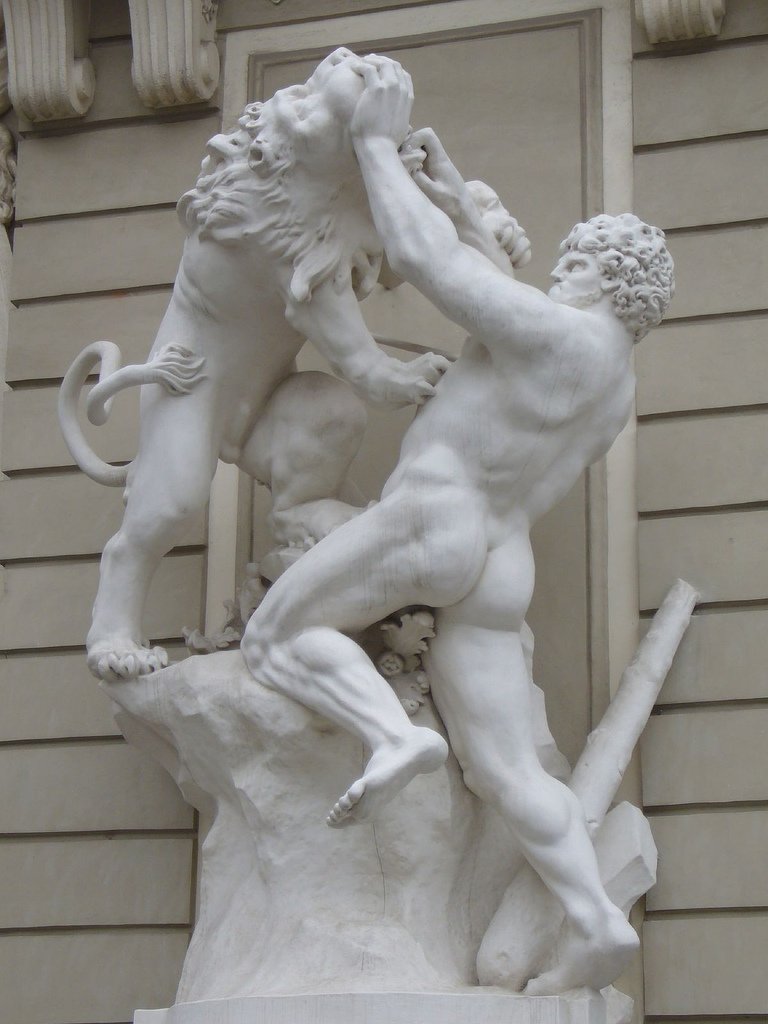
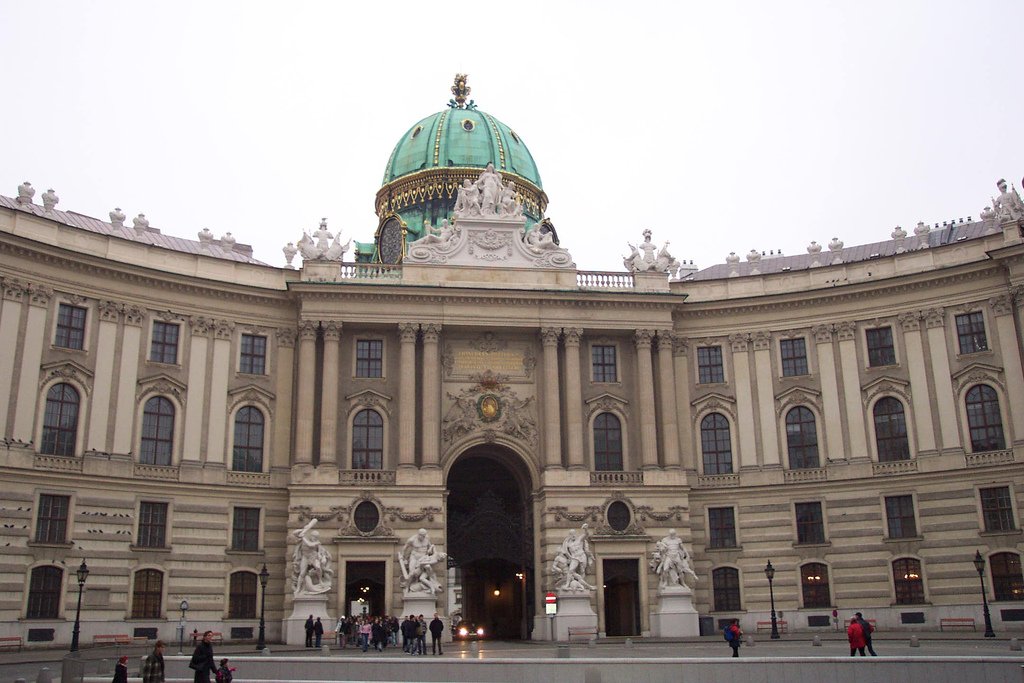
If one could put all the centuries of Habsburg rule into one building, that building would be the Hofburg
. In this palace the rulers of the empire lived since the 13th century. Indeed, the palace was built in the Middle Ages, but since then it has been rebuilt and expanded many times – after all, the Habsburg Empire has survived the centuries. Only a few of the 2,500 rooms are open to the public. We enter through St. Michael’s Gate (from Michaelerplatz) and go to see the luxurious imperial chambers (Kaiser-appartements). The first six rooms are dedicated to the life of Empress Sissi – Elisabeth. Then we walk through the other royal chambers, see the study and bedroom of Emperor Franz Joseph and Sissi’s Grand Salon. You will have to leave the palace and re-enter it through the Palace Square to see the 16 halls of the Hofburg’s treasury (Schatzkammer). Here you will see the jewels that have symbolized the power and majesty of the imperial house for centuries. The treasury contains the imperial crown of the Holy Roman Empire, the crown of Emperor Rudolf II (1552-1612), the coronation robe of King Roger II of Sicily, the orb and scepter, many swords, medals and reliquaries (relics) decorated with precious stones..The New Palace (None Burg) was built for the heir to the throne, Archduke Franz Ferdinand (entrance from Tepoee/Heldenplatz). Here he lived until 1914. In 1914. Franz Ferdinand was assassinated in Sarajevo. The palace was part of a grandiose plan to expand the imperial residence, conceived in the early 20th century. The new residence was to symbolize the greatness and power of the Austro-Hungarian Empire. The First World War and the fall of the monarchy in 1918 prevented the realization of these plans. Today the palace houses three museums that form a museum complex with the Museum of Art History, the Arsenal, a collection of historical musical instruments and an exhibition of antique statues from Ephesus. The Hofburg is also home to the famous Spanish Riding School; only here you can see Lipizzaner horses dancing (see www.lipizzan.at and www.srs.at). The riders perform a kind of equestrian ballet to classical music by candlelight in a baroque arena. The Vienna Boys’ Choir (www.wsk.at) can be heard in the Hofburg Chapel. The choir performs in winter and spring during Sunday Mass, and gives concerts on Fridays.
.Hofburg. Kaiserappartments.Tel: 533-75-70. www.hofburg-wien.atOpen: September-June 9 a.m.-5 p.m. (box office closes at 4:30 p.m.), July and August 9 a.m.-5:30 p.m. (box office closes at 5 p.m.).
.Treasury. Schatzkammer.Tel: 525-24-0.www.khm.atOpen: 10.00-18.00. Closed: Tues.
.New Palace Museums (Neue Burg Museums).Tel: 5252-44-84. www.khm.atOpen: 10.00-18.00. Closed: Tues.
.